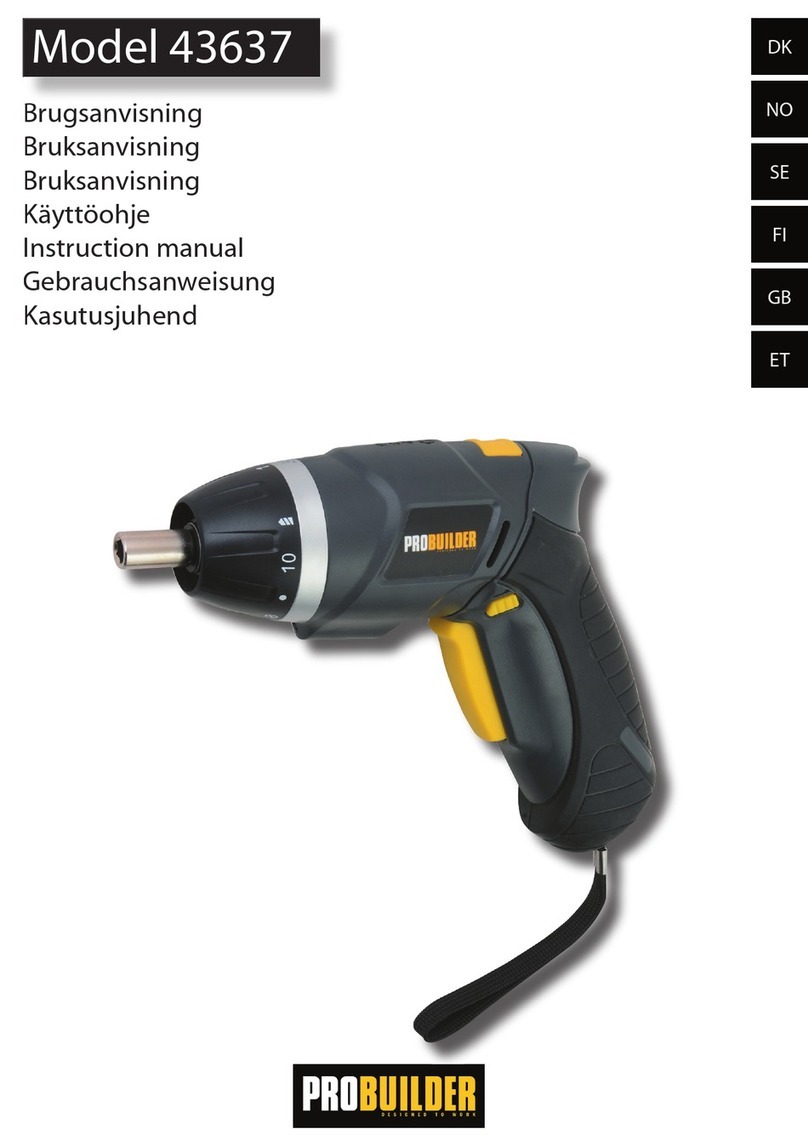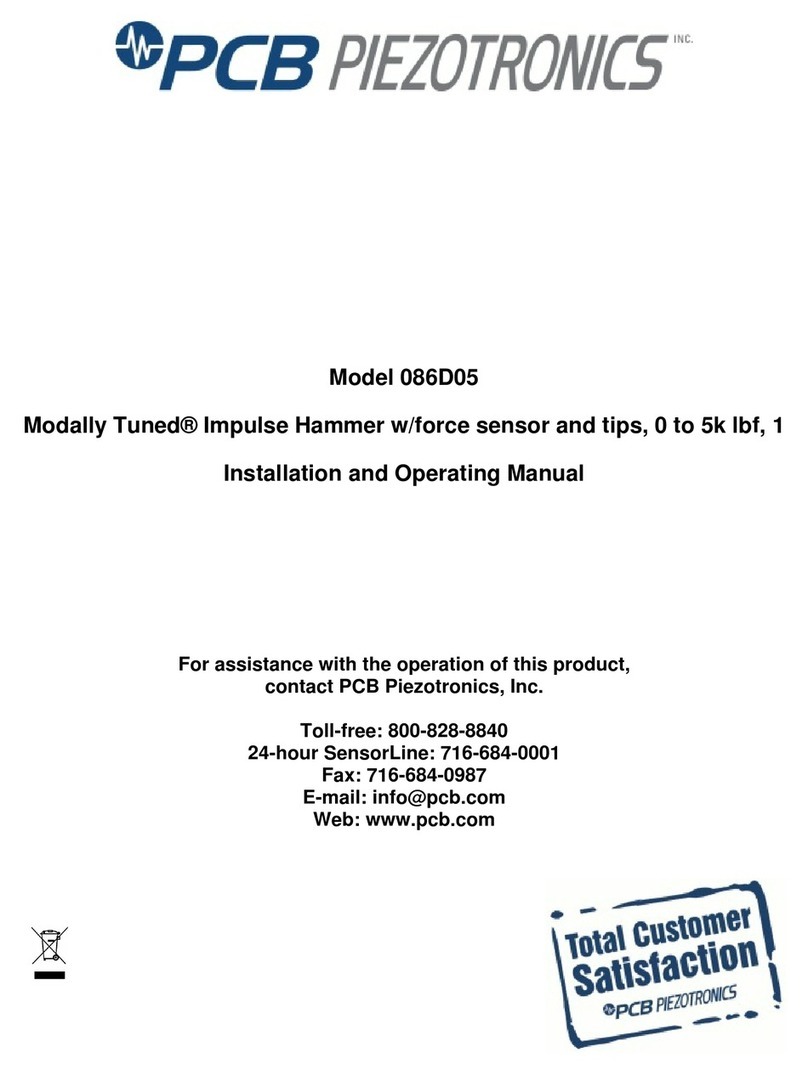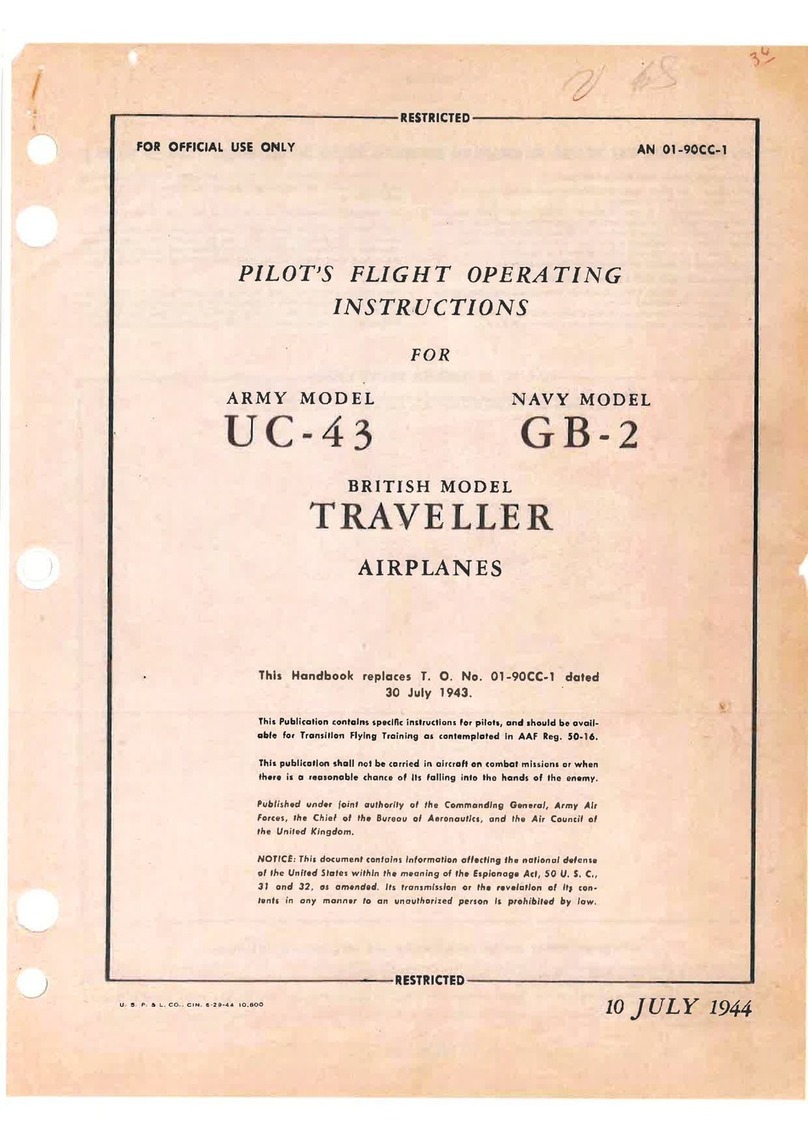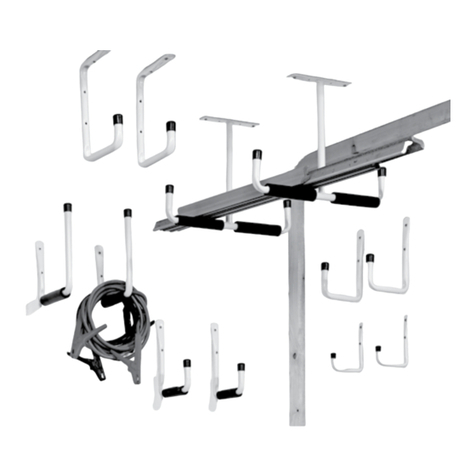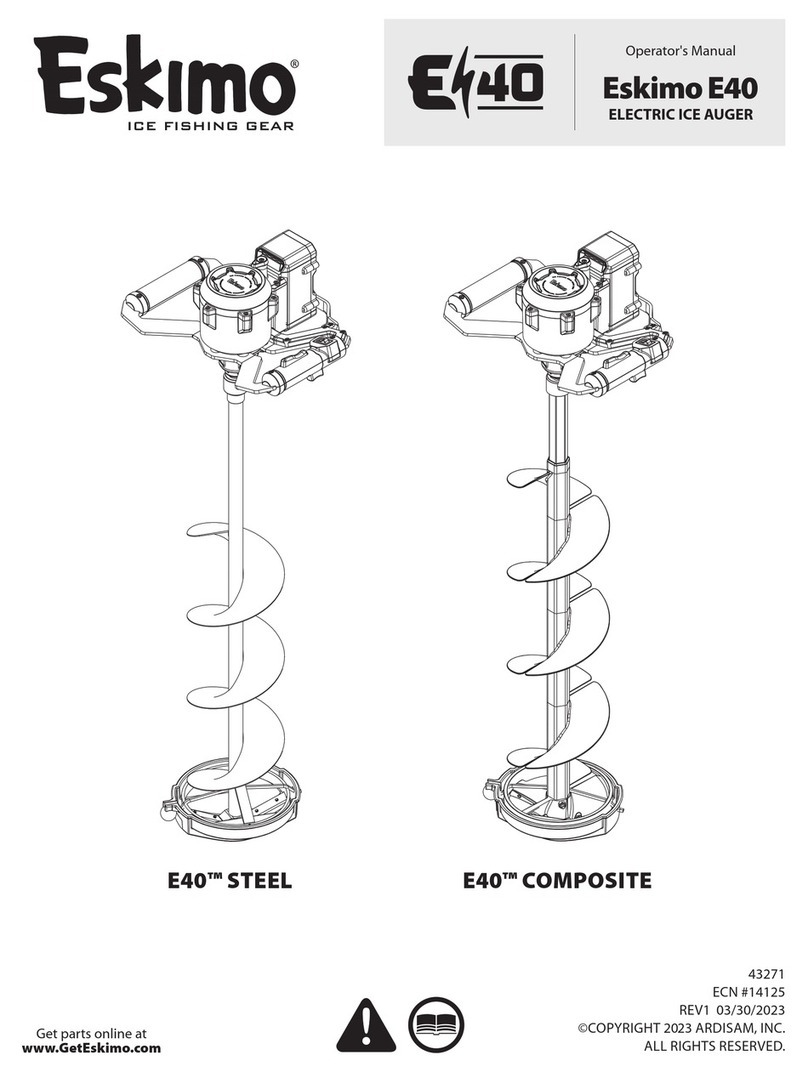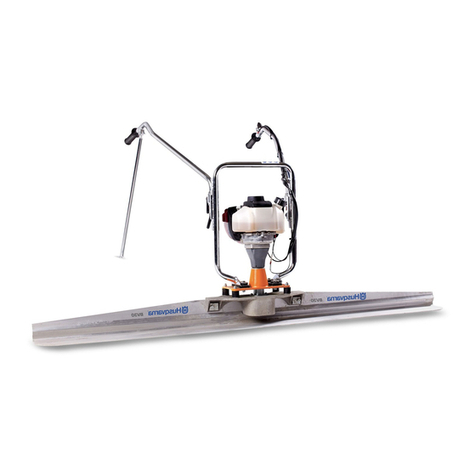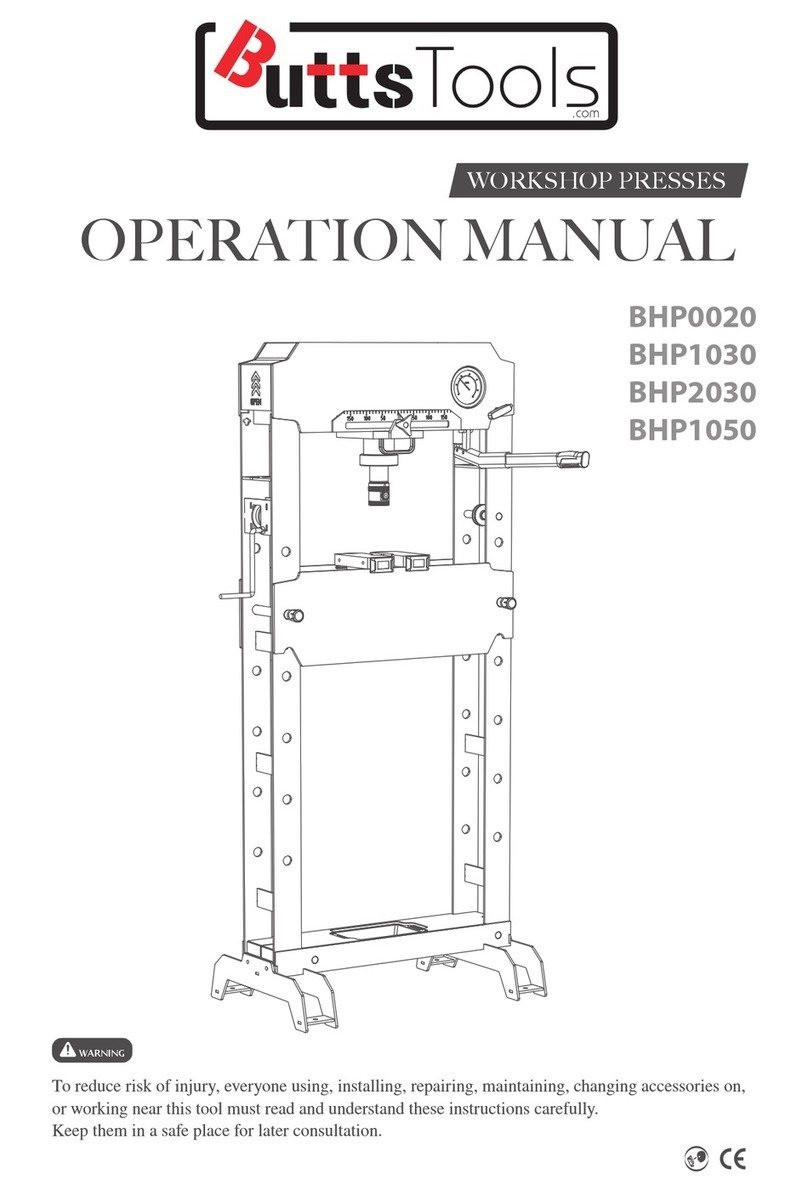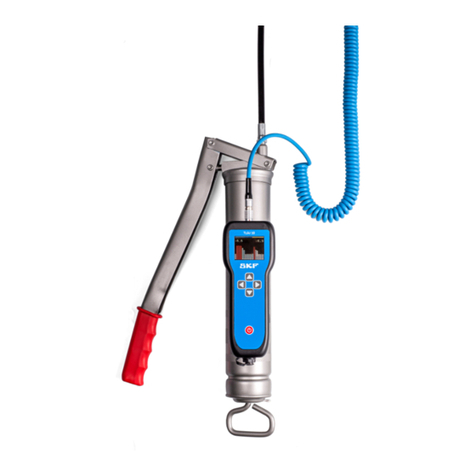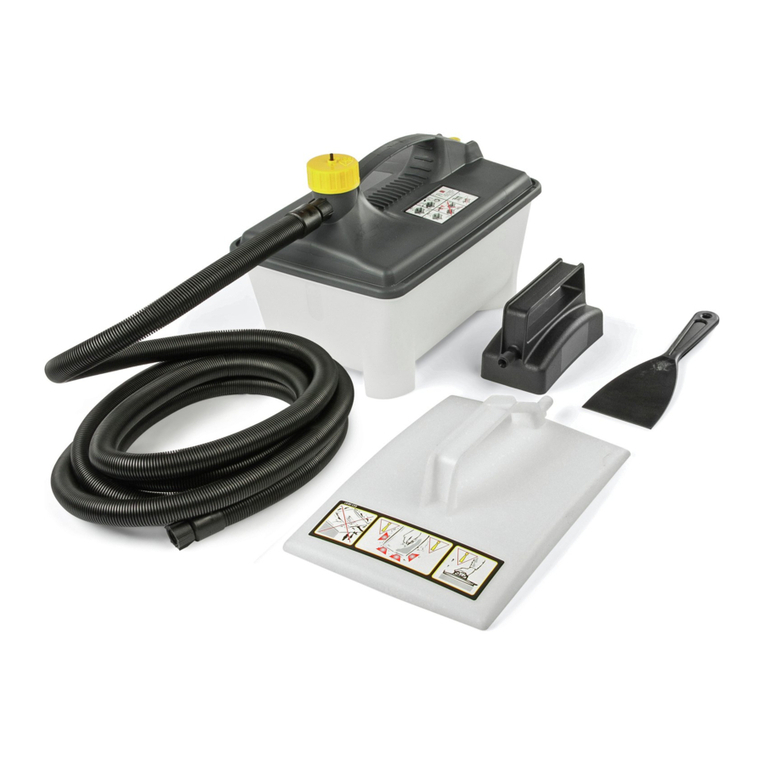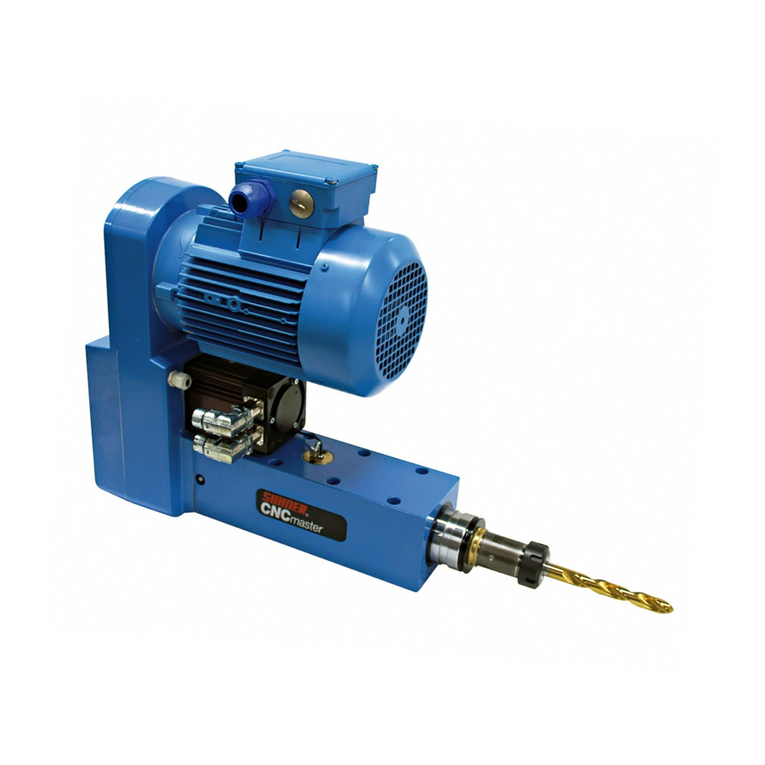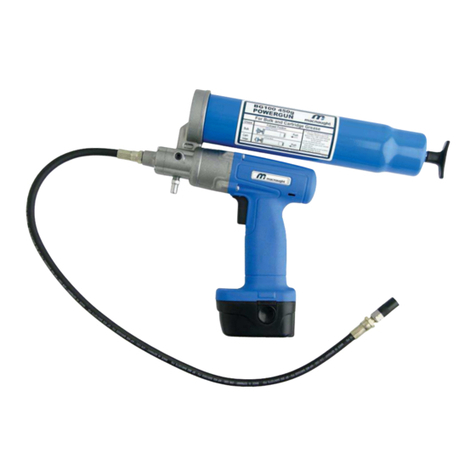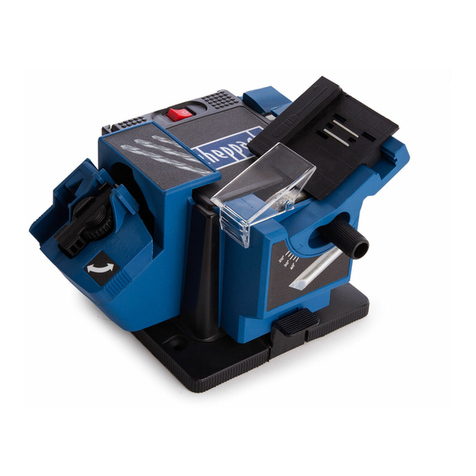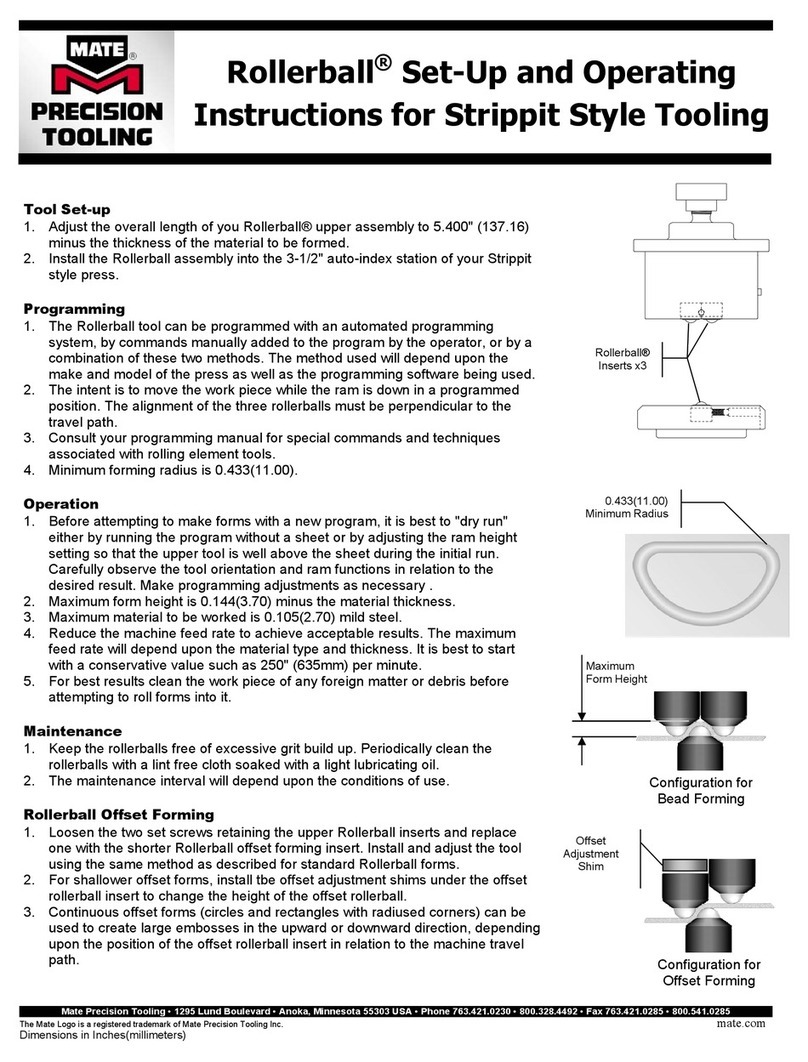200CR Conductivity/Resistivity Instrument Initial Set-Up
200CR Front Panel
The keypad has 6 keys which access specific menus
as follows:
measure - menus to change measurement modes.
setpoint - menus for programming setpoints.
relays - menus for programming relays.
outputs - menus for programming outputs.
calibrate - menus to perform calibration.
menus - all other menus (cell constants, security,
averaging, compensation, etc.)
The control keys which are used to make changes
within a menu are:
OK/Next is used to accept a selection and proceed to
the next menu level.
Up arrow is used to scroll up through a list of
options (& increase numbers).
Down arrow is used to scroll down through a list of
options (& decrease numbers).
Left arrow is used to move the cursor to the left
within a menu.
Right arrow is used to move the cursor to the right
within a menu.
Each digit can be scrolled through the values:
.(decimal point), 0, 1, 2, 3, 4, 5, 6, 7, 8 and 9. The first
digit of each number can also be set to neg.(-)
Following are the steps necessary to install a 200CR
instrument and begin operation.
1. Instrument installation - (Chapter 2)
The 200CR can be panel, pipe or wall mounted
and a sealed IP65 rear cover is optional but is
required for wall and pipe mounting. Drill holes in
the rear cover as needed for conduit or cable grips.
2. Wiring - (Chapter 2)
Make all necessary electrical connections to the
instrument. The wiring procedure is outlined on
the back of this sheet.
3. Instrument Calibration - (Chapter 8)
This instrument is factory calibrated within
specifications and does not require re-calibration. If
Quality Assurance requirements call for verification,
follow the procedures in the manual.
4. Connect sensors to patch cords.
5. IMPORTANT: Enter cell (sensor) constants for
resistance and temperature for each channel.
•Press menus key then use arrow keys until:
Edit Sensor Cal
•Press OK/NEXT key
ACell M=.10000_
•Select (A Cell, A Temp, B Cell, B Temp)
using up and down arrow keys
•Shift cursor using the right arrow key to enter M
, the multiplier.
•Shift cursor using the right arrow key to enter
the precise value of the cell constant found on
the sensor.
•Shift cursor back to the first field and repeat
the above procedure for each of the other three
constants.
•Press the OK/NEXT key
Save Changes?Yes
•Press the OK/NEXT key
6. Select desired measurements for each sensor
•Press measure key
Channel Primary (A,B) settings:
For resistivity, ohm-cm (Auto) - recommended.
For conductivity, S/cm (Auto) - recommended.
By selecting Auto, the instrument will automatically
scale the sensor value to be read by the
instrument.
Channel Secondary (a,b) settings:
Secondaries are usually temperatures (°F, °C)
•Press the OK/NEXT key once all 4 measurement
selections are made.
Save Changes?Yes
•Press the OK/NEXT key to save changes.
7. Program the analog outputs. (Chapter 7). Do not
calibrate analog outputs.
For additional information refer to Manual 84295. For
coverage of digital RS232/RS422 communications
refer to Manual 84364.
